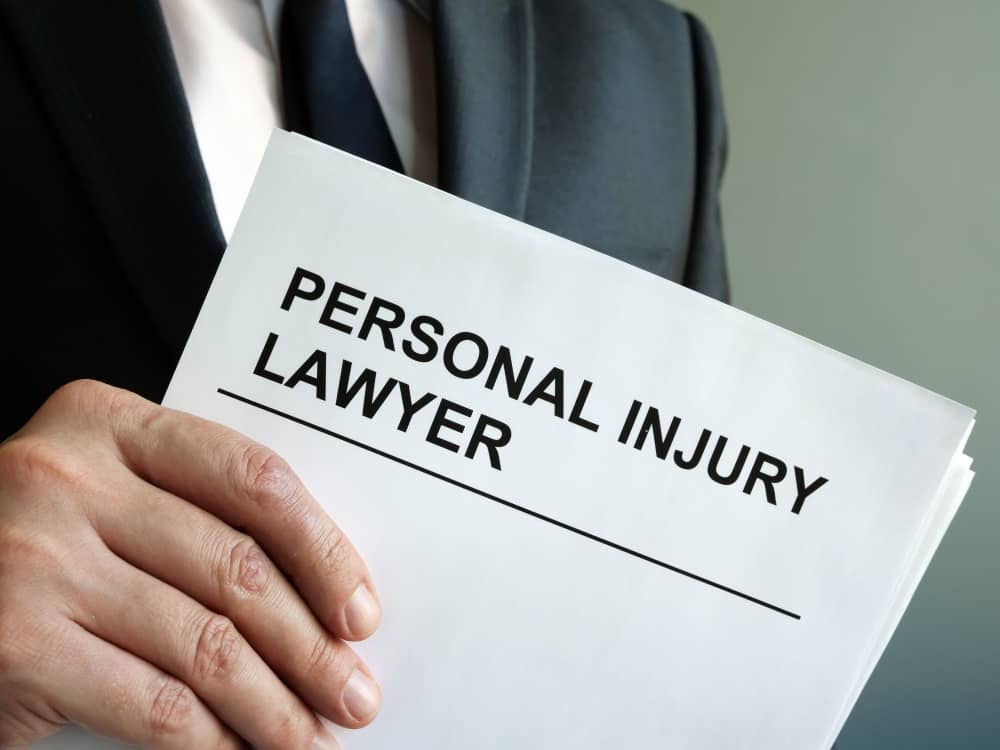January 17, 2024
What is the Difference Between a Tort and a Personal Injury in Tennessee? Explaining Legal Distinctions
Understanding the distinction between a tort and a personal injury is fundamental to grasping the nuances of civil law. A tort is a broad legal term describing an action or inaction that causes harm or loss to another individual, which can encompass a wide range of wrongful acts. Tort law is designed to provide relief to the injured party and deter others from committing similar offenses. Torts are divided into three main categories: intentional, negligent, and strict liability torts, each with its own set of legal standards and implications.
Personal injury, on the other hand, falls under the umbrella of tort law and specifically pertains to cases where a person has suffered physical or emotional harm due to the actions or negligence of another entity. Personal injury law typically involves claims such as medical malpractice, slip and fall accidents, automobile collisions, and workplace injuries. Nashville personal injury lawyer represents the interests of the injured individual, helping them navigate through the complexities of legal proceedings to seek compensation for their losses.
The interplay between tort and personal injury law is intricate, as all personal injuries are torts, but not all torts qualify as personal injuries. The legal processes surrounding these issues aim to restore the injured party to the position they would be in had the harm not occurred, making the understanding of these concepts crucial for anyone involved in or affected by such legal matters.

Understanding Tort and Personal Injury Law in Tennessee
In the realm of civil law, tort and personal injury cases address wrongs leading to legal liability and compensation. These aspects of law are crucial for providing relief to individuals who have suffered as a result of others’ actions.
Defining Tort and Personal Injury
Tort refers broadly to a wrongful act, other than a breach of contract, for which the law provides a remedy. This encompasses various types of wrongdoings, where the duty to act in a certain way is breached, resulting in negligence or harm. Personal injury law is a subset of tort law that specifically deals with physical or psychological injury to a person. This type of law covers situations where someone’s body, mind, or emotions are hurt, often due to someone else’s negligent behavior.
Examples of torts include:
- Intentional acts (e.g., assault)
- Accidental acts due to negligence (e.g., slip and fall accidents)
In comparison, personal injury claims focus on:
- Physical injuries (e.g., car accident injuries)
- Psychological trauma (e.g., emotional distress)
Roles of a Lawyer in Tort and Personal Injury Law
Lawyers specializing in tort law provide legal services ranging from advising clients on the law to representing them in court. Their objective is to establish liability, prove negligence, and secure compensation for their clients.
Personal injury lawyers, meanwhile, advocate for victims’ rights to compensation for medical expenses, lost wages, and pain and suffering. They navigate civil law procedures to ensure that their clients receive the justice and rebuilding they require following an injury.
Key responsibilities include:
- Investigating claims and gathering evidence
- Negotiating with insurance companies
- Litigating cases when settlement cannot be reached
By understanding the nuances between torts and personal injury, these lawyers play a pivotal role in delivering legal remedies that uphold the integrity of civil justice.
The Legal Framework and Litigation Process in Tennessee
The legal intricacies in tort law involve navigating through a structured process to address the harms incurred by plaintiffs in personal injury cases. It is essential to understand the complexities of court procedures and time-sensitive legal provisions that govern these civil lawsuits.
Court Procedures in Personal Injury Cases
When a plaintiff files a personal injury claim, the involved parties may proceed through various stages of a civil lawsuit. Initially, the complaint is filed and served to the defendant, who is alleged to have caused harm through negligence or an intentional act. The defendant must then respond with an answer, and the discovery stage follows, where both parties exchange evidence and information pertinent to the case. Pre-trial motions and hearings may determine critical issues before a trial ensues. If a trial is conducted, it involves presentation of evidence, witness testimonies, and legal arguments from both sides. Personal injury cases may also settle outside of court if an agreement is reached between the plaintiff and defendant.
Statute of Limitations and Legal Rights
The statute of limitations refers to the timeframe in which a plaintiff must file a lawsuit. This duration varies by jurisdiction but is crucial because once it expires, the plaintiff may be barred from seeking legal recourse for their injuries. Understanding the statute of limitations is part of ensuring that the legal rights of the injured party are preserved. In negligence claims, the plaintiff must file within this time period to maintain the right to recover damages. It is vital for plaintiffs to be aware of these time constraints to protect their rights in a civil lawsuit.

Compensation and Damages in Personal Injury Cases
In the landscape of a personal injury lawsuit, compensation typically refers to the money that the injured person (plaintiff) can recover from the party responsible for the injury (defendant). The purpose of this compensation is to cover the losses the plaintiff has suffered due to the injury. Damages are categorized into different types:
- Compensatory Damages: These are designed to make the injured person whole, covering medical expenses, lost wages, and costs associated with rehabilitation.
- Special Damages: Quantifiable costs such as medical bills and lost income.
- General Damages: Non-economic losses like pain and suffering and reduced quality of life.
- Punitive Damages: These are not as common and are awarded to punish the defendant for particularly harmful behavior. They go beyond what is necessary to compensate the injured party.
Settlements frequently occur in personal injury cases, which are agreements reached between disputing parties without a trial. A settlement typically involves the defendant or their insurance company paying an agreed-upon amount to the plaintiff, resolving the injury claim without further litigation.
It’s essential to note that compensation is not a one-size-fits-all situation. The nature and severity of the injuries, the clarity of liability, the jurisdiction, and the insurance coverage available all influence the amount of a settlement. Personal injury attorneys often help plaintiffs navigate these complex issues to advocate for fair compensation.




